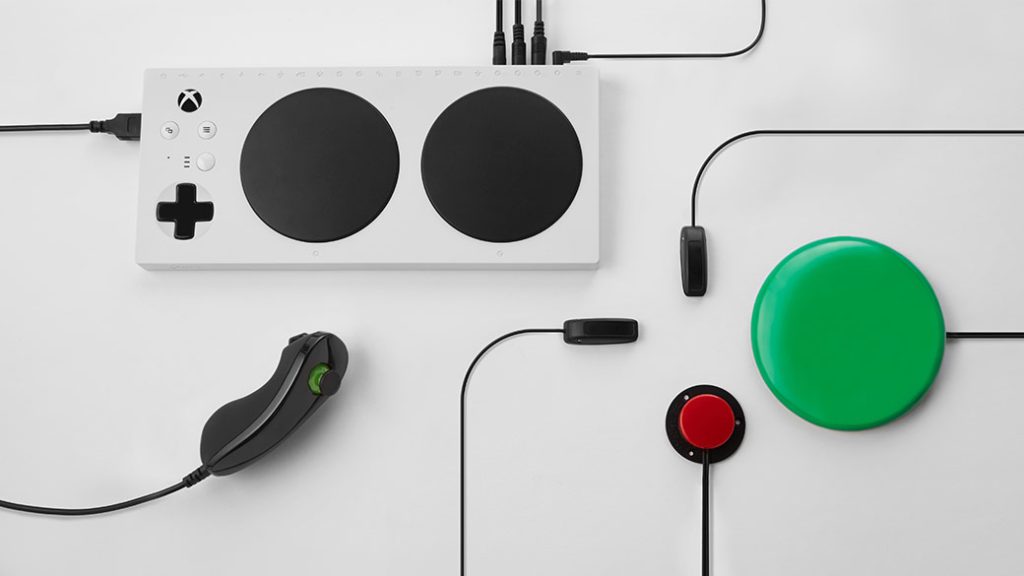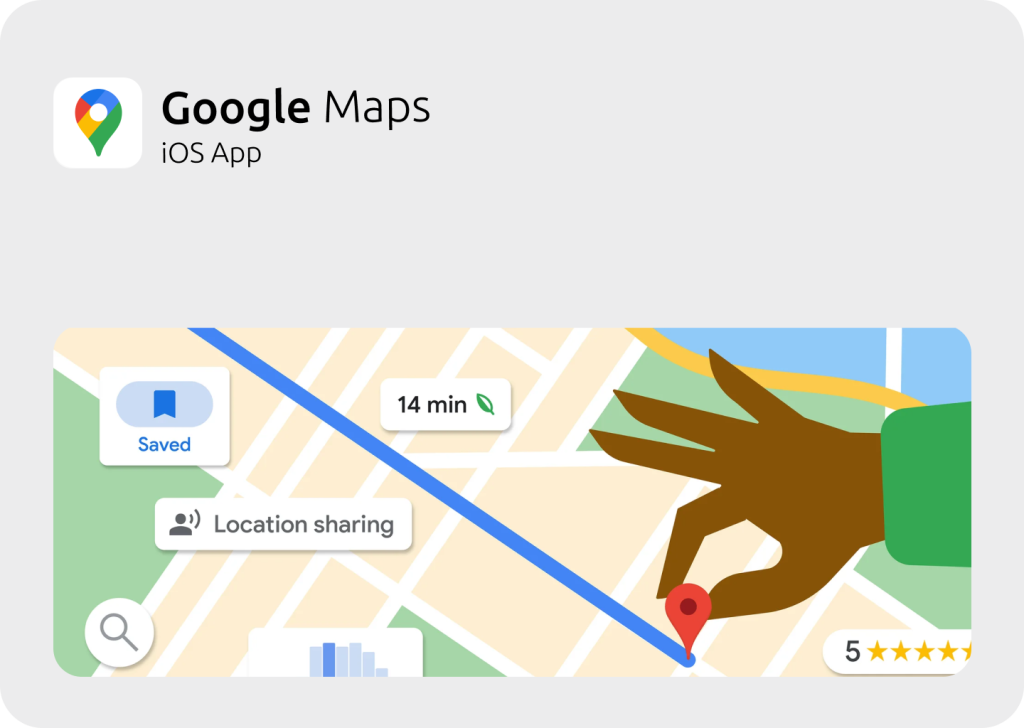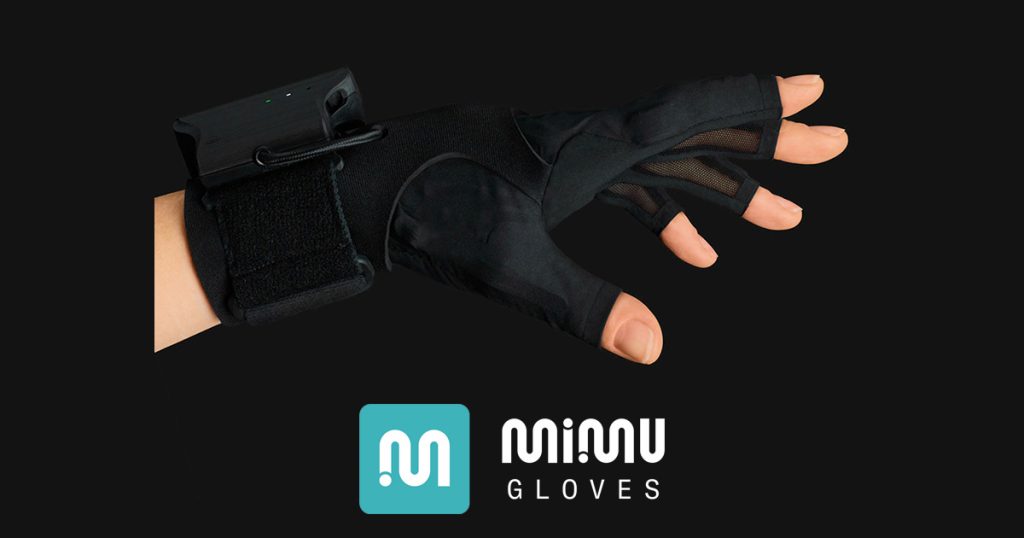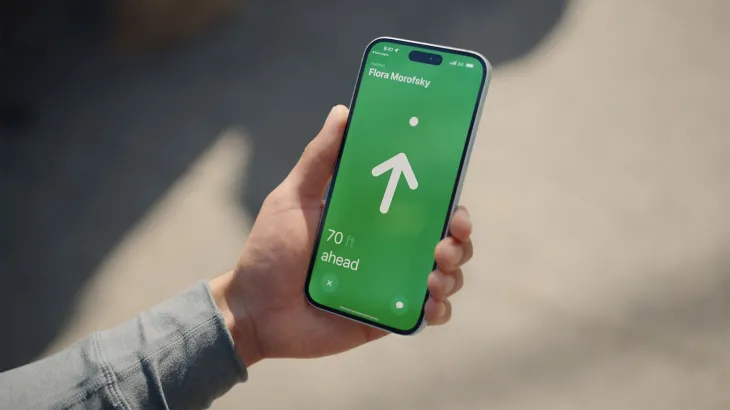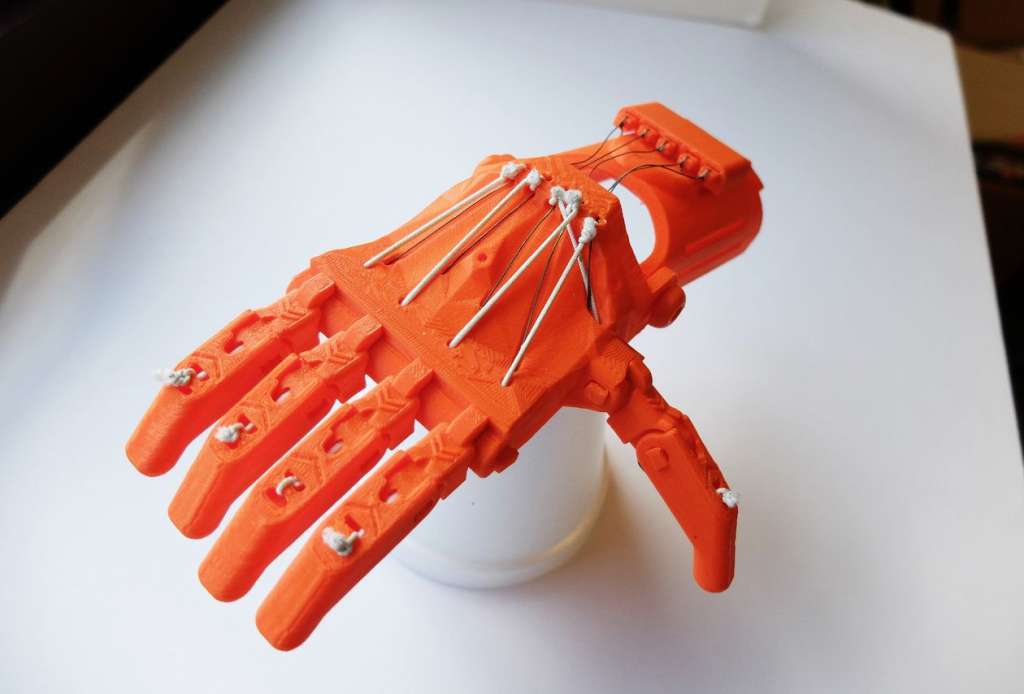Assistive technology: Gaming via the Xbox Adaptive Controller
Introduction: The Xbox Adaptive Controller is a groundbreaking device developed by Microsoft to make gaming more accessible to individuals with limited mobility. First conceptualized in an internal hackathon in 2014, the device underwent several adaptations before its final release to the public in 2018. Designed with extensive input from gamers with disabilities and advocacy organizations, …
Assistive technology: Gaming via the Xbox Adaptive Controller Read More »
